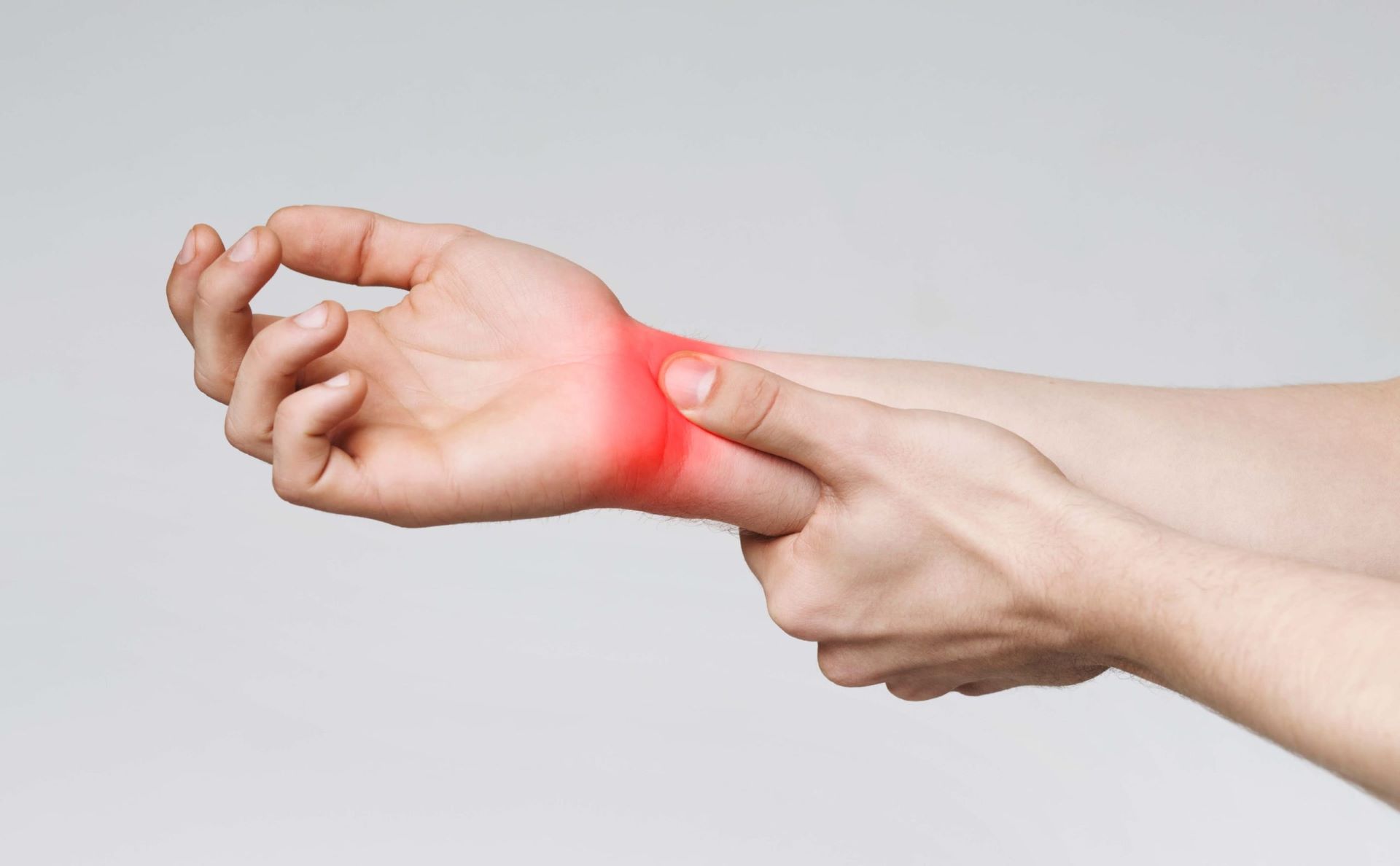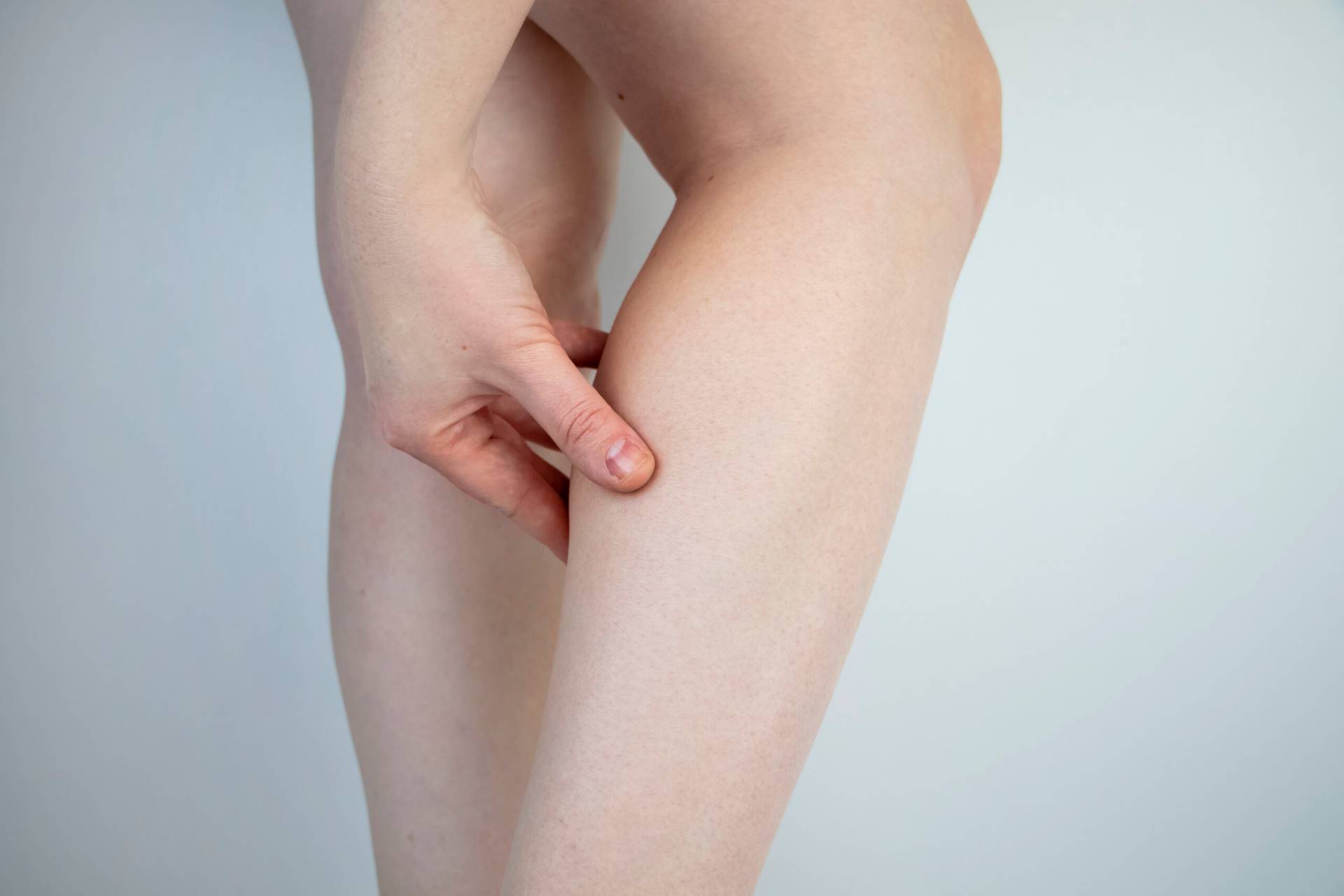Muscle spasms are sudden, involuntary contractions of one or more muscles. These contractions can be painful and cause your muscles to tighten up or go into a knot. Muscle spasms can affect any muscle in the body and may last from a few seconds to several minutes.
If you experience frequent muscle spasms, it’s essential to understand the symptoms, possible causes, and treatments available so that you can manage your discomfort and improve your quality of life.
Muscle Spasm And Skeletal Muscle
To understand what muscle spasms are, it’s crucial to have a basic understanding of skeletal muscle. Skeletal muscles are the type of muscles that are attached to the bones in your body and allow you to move. When these muscles contract and relax, they create movement.
Muscle spasms occur when one or more skeletal muscles suddenly contract without warning. Muscle spasms can affect anyone at any age. However, certain factors may increase your risk of developing muscle spasms, including:
- Age: As you age, your muscles become weaker and more prone to spasms.
- Physical Activity: Participating in sports or other physical activities involving repetitive movements can strain certain muscles and lead to spasms.
- Muscle Fatigue: If you are not getting enough rest between activities, your muscles may become fatigued and more likely to develop spasms.
- Dehydration: Lack of fluids can cause your muscles to become dehydrated and more prone to spasms.
- Poor Posture: An incorrect sitting or standing posture can strain muscles and lead to spasms.
- Stress: High levels of stress can trigger muscle spasms in certain people.
- Hormonally-Induced Changes: Low levels of certain hormones can cause muscle spasms in some people.
Different Types Of Muscle Spasms
When you think of muscle spasms, you may think of just one type. In reality, there are several types of muscle spasms that can affect various parts of your body. These include the following:
- Flexor Spasm: Flexor spasms occur when the flexor muscles contract involuntarily. The flexor muscles are located in your arms, legs, and other areas of the body and help to bend or flex a joint. When a flexor spasm occurs, the affected joint may become bent or stiff.
- Extensor Spasm: Extensor spasms occur when the extensor muscles involuntarily contract. The extensor muscles are located in your arms, legs, and other areas of the body and help to extend or straighten a joint.
- Adductor Spasm: Adductor spasms occur when the adductor muscles contract involuntarily. The adductor muscles are located in your hips and help move your legs toward your body. When an adductor spasm occurs, your affected leg may become stiff or rigid.
- Spasms Affecting the Trunk: Trunk spasms occur when the muscles of your trunk contract involuntarily. These spasms can cause sudden pain in your lower back or abdominal area.
How A Muscle Spasm Feels Like
The symptoms of a muscle spasm vary depending on which muscle is affected. However, the following are common symptoms that you may experience:
- Excruciating Pain: Muscle spasms can cause intense pain that may be sharp and sudden.
- Stiffness: The affected muscle may feel tight and stiff.
- Tenderness: The affected area may feel tender and sore to the touch.
- Feels Like A Stitch In The Side: You may experience a feeling similar to a stitch in your side when experiencing muscle spasms.
Common Causes Of A Muscle Spasm
Muscle spasms can happen due to a wide variety of factors. Some of the most common causes include:
- Injury Or Trauma: Injuries or trauma can cause spasms by irritating the affected area or causing inflammation, leading to muscle contractions.
- Overuse Of Muscle: Overuse of a muscle can cause it to become tight and strained, leading to spasms. Physical activities, such as playing sports or lifting weights, can cause muscles to become overworked and lead to spasms.
- Dehydration: Your muscles require water to function correctly. When your body is dehydrated, it can cause your muscles to become weak and more prone to spasms.
- Electrolyte Imbalance: An imbalance of electrolytes, such as sodium or potassium, can cause muscle spasms. This is because electrolytes are essential for muscle contraction and relaxation.
- Genetics: Certain genetic conditions, such as muscular dystrophy, can increase your risk of developing muscle spasms.
- Stress Or Anxiety: Stress or anxiety can cause your muscles to become tense. As a result, they’ll be more prone to developing spasms.
Neurological Conditions That May Cause Muscle Spasms
The most common causes of muscle spasms aren’t typically considered a huge health risk. For example, if you’re experiencing spasms due to dehydration, you can address the problem by increasing your water intake. If you’re experiencing spasms due to stress, you can take steps to reduce your anxiety.
However, some muscle spasms may be caused by underlying neurological conditions. If this is the case, you must seek medical attention to treat the underlying condition and prevent further problems. Some neurological conditions that may cause muscle spasms include:
Sciatica
The sciatic nerve is the largest in the body and runs from your lower back to your feet. Sciatica develops when this nerve becomes compressed or irritated, resulting in pain and muscle spasms along its length. It can also result in tingling and numbness in the affected area. Sciatica can be caused by various factors, including herniated discs, spinal stenosis, and piriformis syndrome.
Carpal Tunnel Syndrome
Carpal tunnel syndrome affects the median nerve, which runs from your forearm to your hand. If this nerve is compressed, it can lead to tingling, numbness, and pain in the affected area. It can also lead to involuntary muscle spasms in the hands and fingers. Carpal tunnel syndrome is typically caused by repetitive movements or positions of the hands and wrists.
Restless Leg Syndrome
Restless leg syndrome is a neurological disorder. It causes an uncontrollable urge to move the legs. It can also lead to muscle spasms, twitching, and cramping in the affected area. The exact cause behind restless leg syndrome is unknown but may be linked to iron deficiency or certain medications.
Central Nervous System Infections
Central nervous system infections (such as meningitis and encephalitis) can cause muscle spasms due to inflammation of the brain and spinal cord. Other symptoms of these infections include fever, headache, confusion, and stiff neck.
Where A Muscle Spasm Can Occur
Muscle spasms can develop anywhere in the body where a muscle or group of muscles is present. Common locations for spasms include the following areas:
- Back: Muscle spasms in the back can occur in the lower or upper back. They can be particularly painful and can lead to difficulty with certain movements.
- Neck: Neck spasms can cause severe pain and stiffness in the neck, as well as tingling or numbness in the arms and shoulders.
- Shoulders: Shoulder spasms can cause pain and tightness in the shoulder muscles. It may also be challenging to raise your arms due to the stiffness.
- Arms: Muscle spasms in the arms can cause stiffness and pain in the biceps, triceps, and forearms.
- Legs: Muscle spasms in the legs can cause intense pain, stiffness, and tenderness in the affected area. It may also be challenging to move your leg due to the tightness.
When Should You Be Concerned About Muscle Spasms?
If you are experiencing recurrent muscle spasms that do not seem to be resolving with rest, hydration, proper nutrition, and other measures, you need to see a doctor for further evaluation. In addition to recurrent spasms, other signs and symptoms that require medical attention include:
- Increased pain or swelling in the affected area.
- Muscle weakness or loss of movement in the affected area.
- Tingling, numbless, or a feeling of pins and needles in the affected area.
- Difficulty breathing or swallowing.
- Severe headaches.
- Fever or chills.
Muscle Spasm Treatment You Can Try
If you’re experiencing muscle spasms and there’s nothing to signify that it’s the result of a serious underlying condition, then there are a few treatment options that you can try. These muscle spasm treatments include the following:
- Rest: Resting the affected area can help alleviate muscle spasms and give your muscles time to heal. You should also avoid activities that may have caused the spasms in the first place.
- Stretching: Stretching the affected area can help relax your muscles and help prevent them from tensing up again, thereby helping reduce the risk of muscle spasms.
- Massage: Not only does massage help reduce muscle tension and pain, but it also helps increase blood flow to the affected area. This can help promote healing and reduce the risk of future spasms. Not to mention, massage therapy can be very relaxing, thereby reducing stress levels.
- Alternative Therapies: Alternative therapies can help reduce pain and inflammation, as well as relax muscle tension. Heat therapy, for example, can help loosen tense muscles and relieve spasms, while cold therapy can help reduce inflammation. Trigger-point injections can reduce pain and promote healing, while physical therapy can help improve strength and mobility.
Treat The Muscle Spasm With An Effective And Least Invasive Pain Management
We offer a range of solutions for muscle spasms as part of a Neuragenex Neurofunctional Pain Management approach to treatment. Our whole-person treatment solutions are drug-free, non-invasive, non-chiropractic, and completely safe. We use IV therapy to address nutrient deficiencies and improve circulation, which can help reduce muscle spasms.
We also use electroanalgesia, an FDA-cleared electrical stimulation therapy that can help relax muscle tension and reduce pain by addressing the root cause of your spasms. Finally, we provide lifestyle counseling to help our patients maintain their newfound relief from muscle spasms.
Our goal is to help patients find relief from muscle spasms without using drugs or surgery, and we believe that Neuragenex NFPM can provide the relief that so many people are looking for.
Electroanalgesia
Electroanalgesia is a pain management technique that uses high-pulse electrical current to ease pain, boost blood circulation, improve mobility, and induce...
IV Therapy
IV nutritional therapy, or intravenous therapy, involves administering vital nutrients directly to the bloodstream through an IV. This type of treatment bypasses the digestive system, allowing for maximum absorption and utilization of nutrients by the...
Lifestyle Counseling
Lifestyle counseling is an approach to managing chronic pain that involves identifying, assessing, and modifying lifestyle factors contributing to an individual's pain. For example, lifestyle factors such as nutrition, physical activity, stress, sleep quality...
Conditions We Treat With Neuragenex NFPM

Carpal Tunnel Syndrome Pain Treatment
Carpal tunnel syndrome is a condition that can cause debilitating pain and weakness in the hands, wrists, and arms. If you're suffering from this condition, our non-invasive, non-chiropractic treatment can provide quick relief from pain, improved grip...

Restless Leg Syndrome Pain Treatment
RLS is a condition that causes an urge to move the legs, and can lead to discomfort, pain, exhaustion, and difficulty sleeping. Neuragenex NFPM is a non-pharmaceutical, non-chiropractic, and non-surgical (therefore, non-invasive) solution for restless leg...

Sciatica Pain Treatment
Sciatica can be a debilitating condition, causing intense pain and discomfort that can make it difficult to perform daily activities or even move around. We offer a safe, non-surgical, non-chiropractic, and drug-free treatment option that can help provide...
Contact us today for help in identifying and treating the underlying causes of your muscle spasms. CTA




